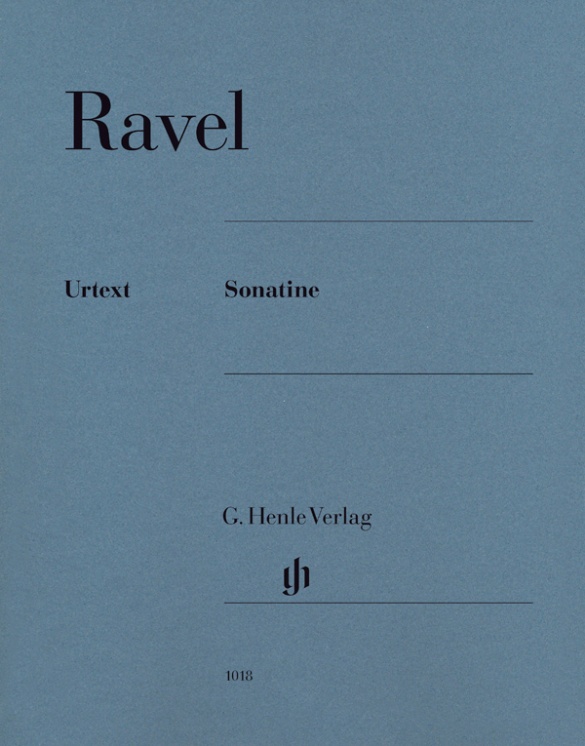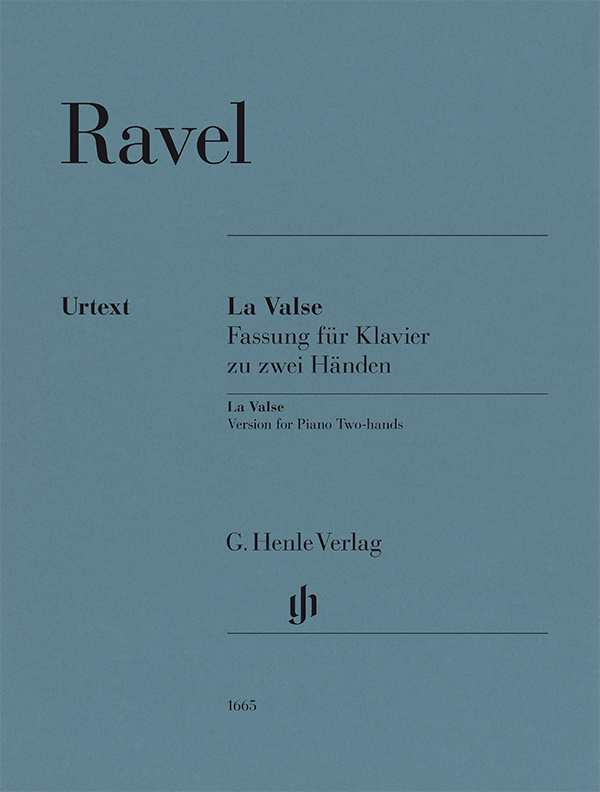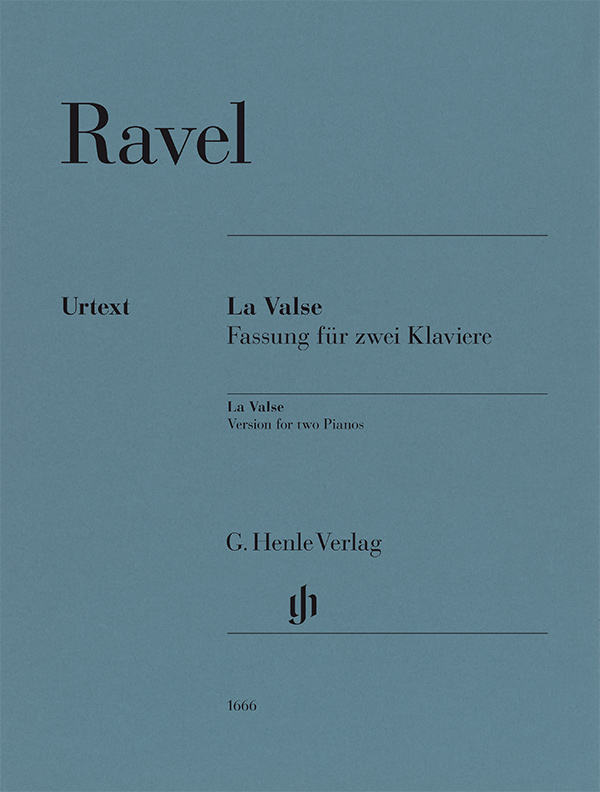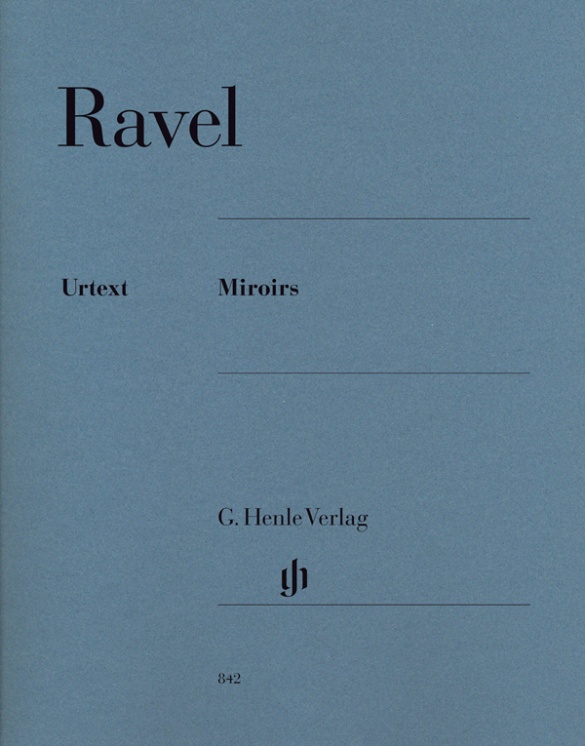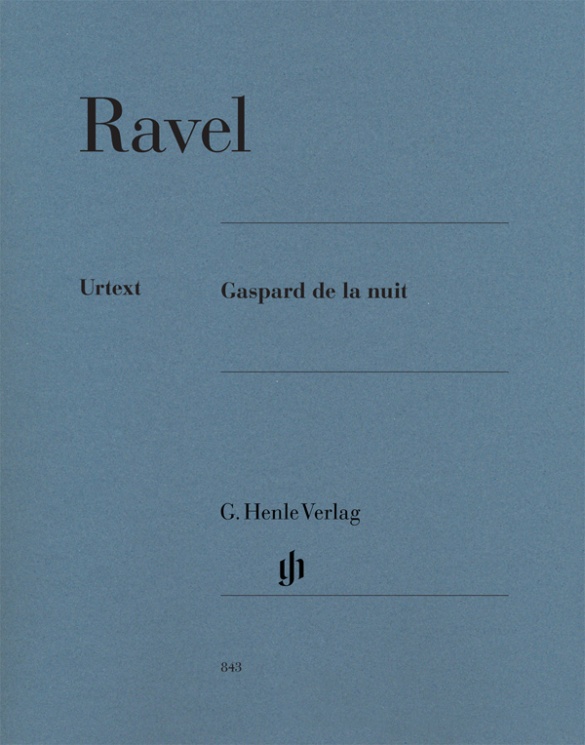Maurice Ravel
Piano Sonatina
The first movement of Maurice Ravel’s Sonatine for piano was probably written in 1903. At any rate the composer played it on 8 January 1904 at a soirée held at the salon of Marguerite de Saint-Marceaux. It is not known at exactly what date afterwards he composed the other two movements. While the work had a very positive reception at its premiere in Lyon in 1906, the Paris public was more reserved at first. Ravel seems to have greatly valued the Sonatine because he kept including the clearly and almost classically structured work in his own concert programmes.Read more about this edition in the Henle Blog.
内容/詳細
作曲家について
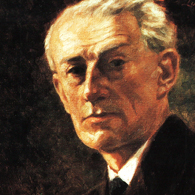
Maurice Ravel
Together with Satie and Debussy, Ravel numbers among the innovators who had a falling out with academic education and created their own avant-garde tonal languages – inspired, in Ravel’s case, by Russian and Spanish music, but also by exoticism – without abandoning tonality. This master of orchestration begins with piano works, which he orchestrates; songs with piano and piano compositions exist on an equal footing in orchestral versions.
| 1875 | Born in Ciboure on March 7; the family moves to Paris that same year. |
| 1882 | Lessons in piano, theory, and composition. |
| 1889 | Beginning of his studies at the Conservatoire de Paris, from which he will never graduate.around 1893 Influence of Chabrier and Satie. |
| 1901 | “Jeux d’eau” for piano, in a new “Impressionist” tonal language, as is “Miroirs” (1904–05). |
| 1903 | “Shéhérazade” for voice and piano/orchestral accompaniment with orientalist tonal elements. |
| 1905 | Scandal surrounding Ravel’s third application for the Prix de Rome. |
| 1907 | Premiere of the “Histoires naturelles” after Jules Renard provokes astonishment in audiences and critics. |
| 1907–08 | Rhapsodie espagnole for orchestra. |
| 1908/10 | “Ma mère l’oye” (“Mother Goose”) for piano, four-hands, as a ballet in 1911. |
| 1911 | Premiere in Paris of his opera “L’Heure espagnole.” |
| 1911/12 | “Valses nobles et sentimentales” for piano/orchestra. Premiere of the ballet “Daphnis et Chloé” in 1912. |
| 1914/19 | “Le tombeau de Couperin” for piano/orchestra anticipates the coming neoclassicism. |
| from 1920 | Many concert tours through Europe and the United States. |
| 1925 | Premiere of his opera “L’Enfant et les sortilèges.” |
| 1928 | Conferral of an honorary doctorate from Oxford University. “Bolero” for orchestra. |
| 1929–31 | Piano Concerto in G major with elements of jazz. |
| 1937 | Death in Paris on December 28. |
校訂者や運指担当者について

Peter Jost (校訂)
Dr. Peter Jost, born in 1960 in Diefflen/Saar, read musicology, German and comparative studies at Saarland University in Saarbrücken. He did his PhD in 1988 with a thesis on Robert Schumann’s Waldszenen.
From November 1991 to April 2009 he was a research associate at the Richard Wagner Complete Edition in Munich, and since May 2009 has been an editor at G. Henle Publishers. His Urtext editions comprise predominantly French music of the 19th and 20th centuries, including works by Lalo, Saint-Saëns and Ravel.
製品安全に関する情報

G. Henle Verlag
製品の製造元に関する情報はこちらでご覧いただけます。G. Henle Verlag
Forstenrieder Allee 122
81476 München
info@henle.de
www.henle.com
Wie het dus allereerst om een verantwoorde, moderne uitgave met een prettige bladspiegel te doen is, kan daarom het best bij Henle terecht.
Pianowereld, 2012Dass es über hundert Jahre gedauert hat, bis endlich eine mustergültige, lesbare und quellenkritische Ausgabe auf dem Markt ist, gehört zu den Kuriositäten der Musikgeschichte.
Piano News, 2012おすすめ
autogenerated_cross_selling
このタイトルを含む他の版
このタイトルを含む他の版


